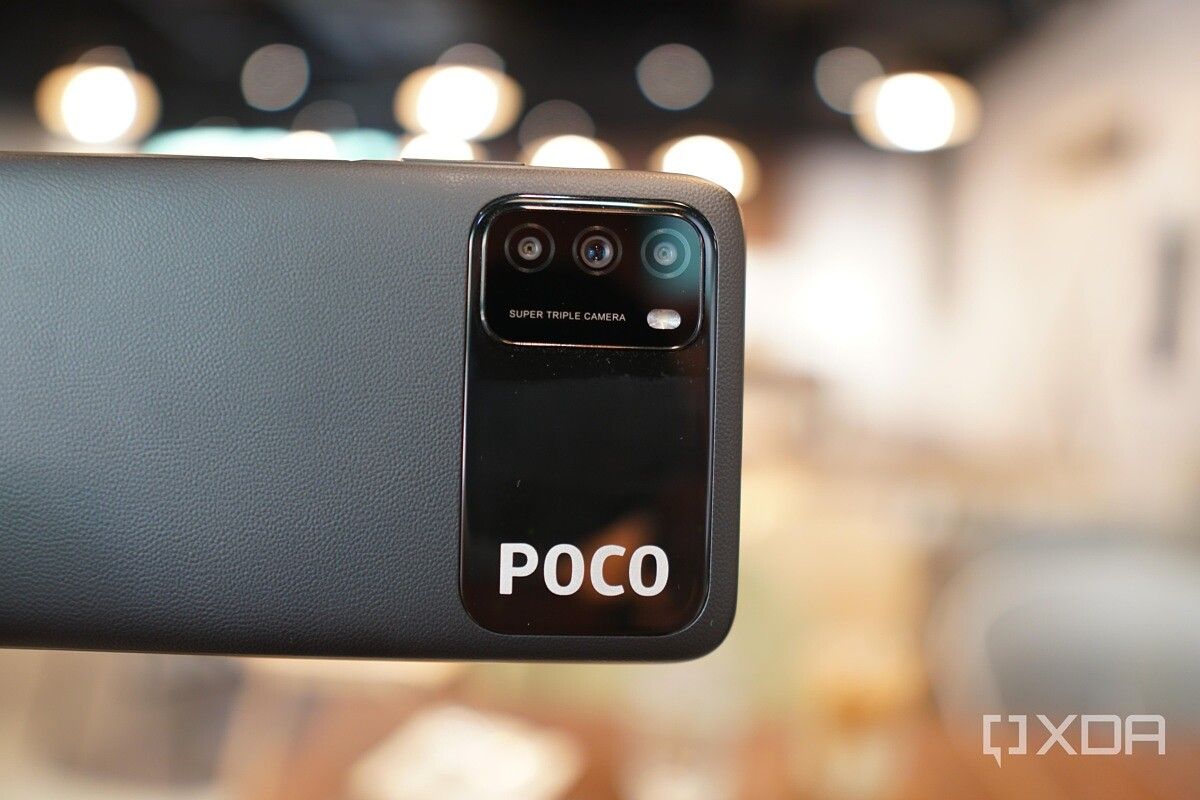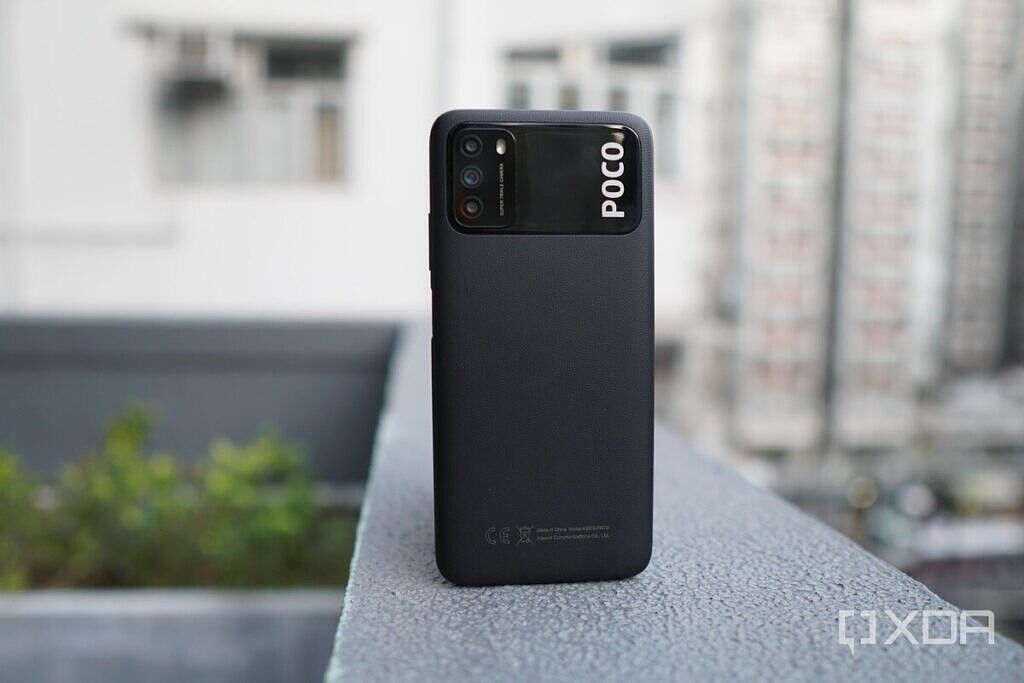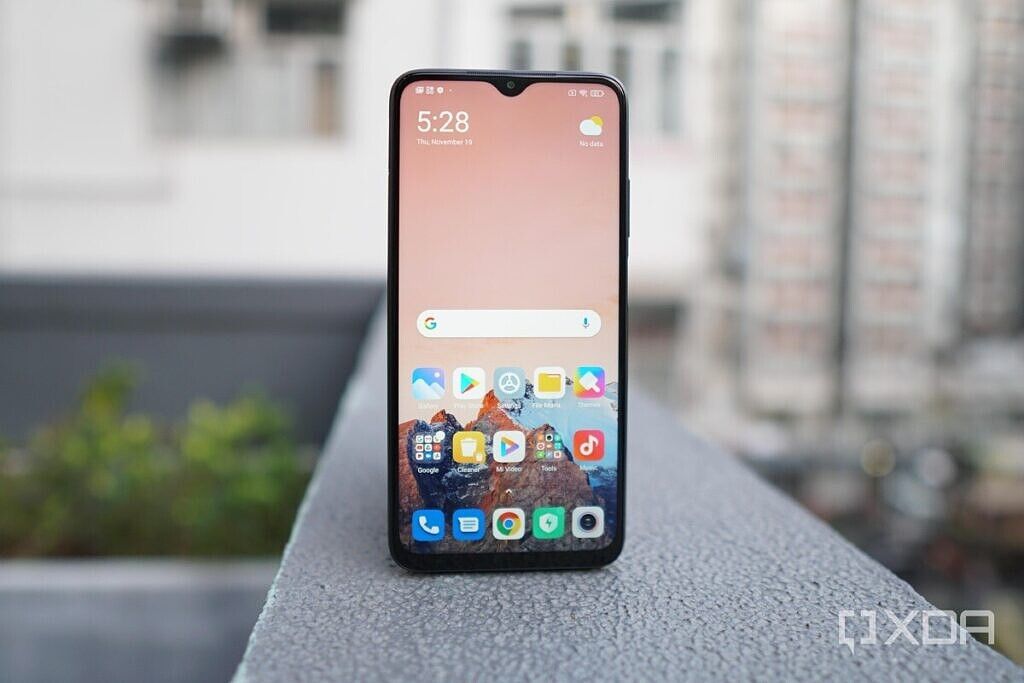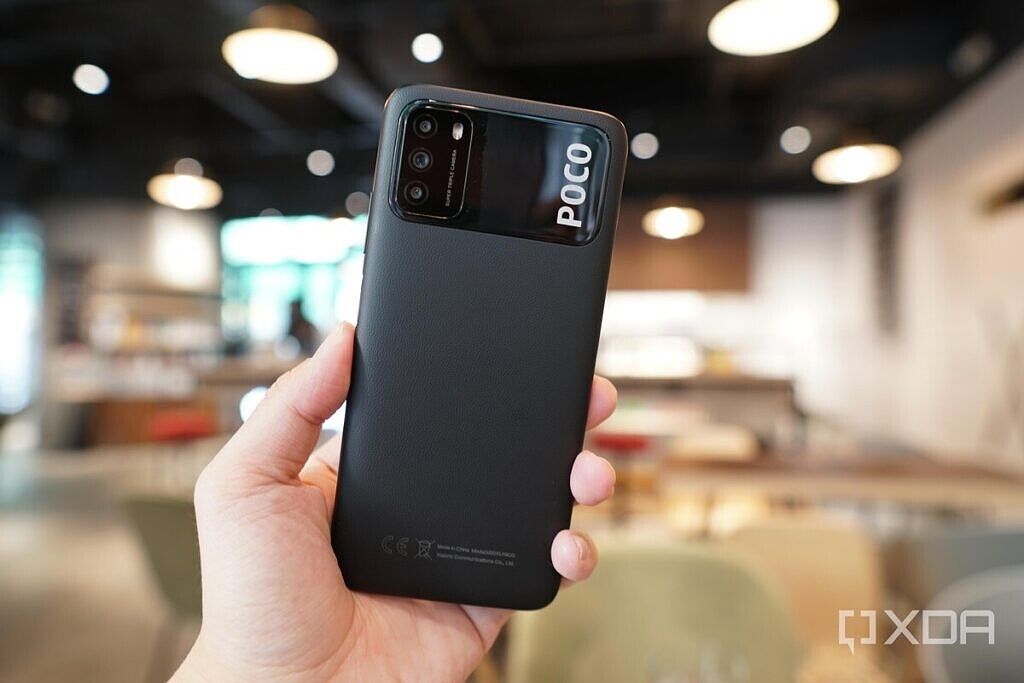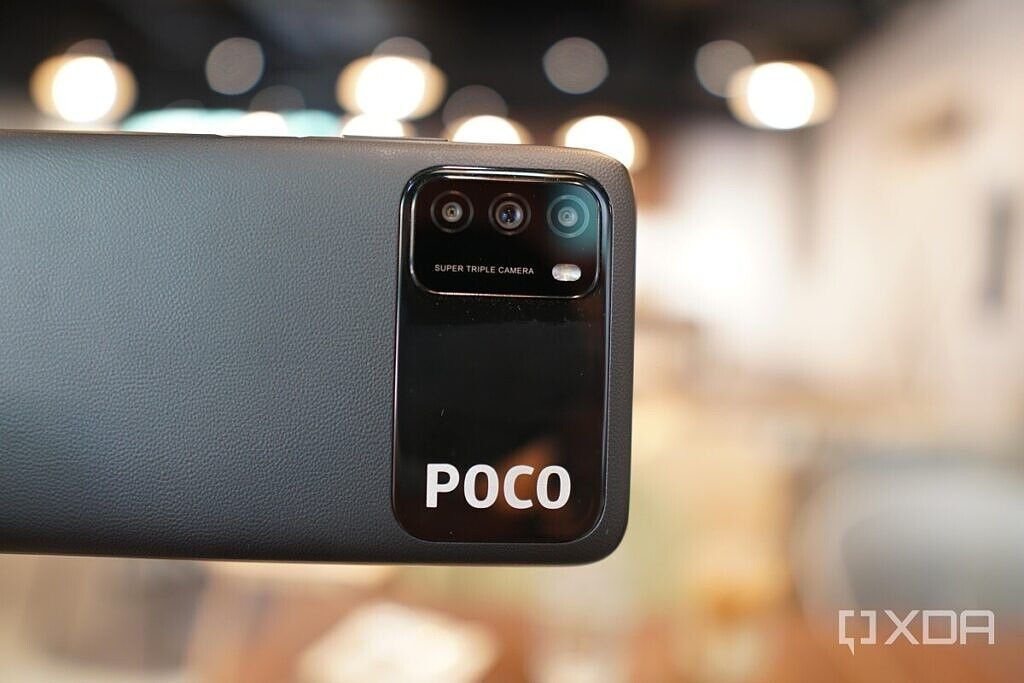The POCO brand entered the scene two years ago with the POCOPHONE F1, offering flagship-level specs at a lower mid-range price tag in Europe and India. While many were hoping the brand to replicate this "flagship-killer" formula, POCO pivoted to offering mid-range and budget smartphones to better compete in price-conscious markets in Asia. The brand's last release, the POCO X3 NFC, for example, was an extremely well-equipped mid-range device considering its €229 price tag. But with its latest European release, the POCO M3, POCO is aiming to appeal to those on an even tighter budget. I've been testing the handset for a few days and here are some early thoughts.
POCO M3: Specifications
|
Specification |
POCO M3 |
|---|---|
|
Dimensions and Weight |
|
|
Display |
|
|
SoC |
Qualcomm Snapdragon 662:
Adreno 610 |
|
RAM and Storage |
|
|
Battery & Charging |
|
|
Rear Camera |
|
|
Front Camera |
|
|
Other Features |
|
|
Android Version |
Android 10 with MIUI 12 for POCO |
Design and Hardware
The POCO M3's front features a very typical budget phone look, with a teardrop notch and a relatively large (for 2020) chin bezel measuring about a quarter of an inch that wraps around the 6.53-inch FHD+ LCD display.
But flip the phone around and it looks quite unique and striking, with a giant camera module that takes up one-third of the phone's back, a design similar to the beautiful OnePlus 8T Cyberpunk 2077 Edition. The rest of the backside features this plastic back with a faux leather finish that looks and feels great (relative to other plastic backs).
Powering the device is a Snapdragon 662, which, for the POCO M3's price tag, is a capable chipset with an Adreno 610 GPU that's optimized for gaming on a budget. There's also a 6,000 mAh battery which is impressive for a device that weighs only 198g and measures 9.6mm thick. There's also a 3.5mm headphone jack and dual speakers that get quite loud.
The faux leather finish looks and feels great for the price
The rest of the components are entry-level parts — the LCD panel refreshes at 60Hz, and while it looks sharp, it doesn't get too bright (maxes out at 400 nits); the main camera system is a "triple" lens setup in marketing only, as the 48MP main sensor is flanked by two mostly meaningless 2MP sensors. The lack of an ultra-wide camera is really jarring in late 2020. The selfie 8MP selfie camera is serviceable during the day and nothing more.
Software: The typical MIUI fare
The POCO M3 runs MIUI 12 over Android 10, and the overall experience is very similar to previous Xiaomi or POCO devices released in 2020. However, since many other POCO releases this year featured a high refresh rate, the UI here feels a tad slow to my eyes — but then again, I'm spoiled. For this budget price range, the phone's speed and fluidity are fine.
I'm testing the European variant, and there are a couple of bloatware apps pre-installed (Amazon and Agoda), however.
Performance: System and Camera
The Snapdragon 662 is a solid octa-core 11nm chip that handles almost all daily tasks fine. I was able to play the game Hero Hunter with graphics settings on high without seeing stutter or framerate drops on the POCO M3.
As for the camera performance — I think it's important to evaluate within the context of its price tag, because for someone like me who tests a lot of flagship phones, obviously, the photos produced by the POCO M3 are going to leave me wanting. But if we compare the POCO M3 against other devices in this price range, it can be considered capable. The main 48MP, f/1.79 sensor is decent during the day, producing sharp photos — but the dynamic range is limited.
In less than optimal lighting situations, both the 48MP camera and 8MP selfie camera struggle, producing very noisy shots. However, the main camera's photos can be saved by turning on night mode, but the selfie sensor cannot really be salvaged at night.
The 2MP macro and depth sensors are mostly there for decoration, as the POCO M3's macro shots are low on detail and portrait shots are just average.
Video recording maxes out at 1080p/30fps, and the footage is, again, acceptable at a budget phone price range, but for someone like me who's used to testing more expensive phones, the footage appears grainy with no stabilization.
Battery life is, as expected, very good.
Battery life is, as expected, very good. Over the weekend, I unplugged on Saturday morning at 100%, went out for a full day, and returned home after 15 hours out with 45% battery. I was using the phone relatively heavily with lots of web surfing and photo taking. I didn't charge it that night on purpose, and I woke up Sunday morning with 39%, which then lasted me through Sunday around 7 pm. That is solid performance in my eyes, and possibly the highlight of the POCO M3.
POCO M3: Price is the key
The POCO M3 goes on sale starting this Friday, November 27 -- which is Black Friday. POCO is offering an early bird discount price of $129 for the base 64GB storage variant and $149 for the 128GB model. After the early bird sales period, the price increases to an official $149 for the base model and $169 for the 128GB model.
Personally, I think the $129 price is reasonable for the M3, but at $169, it is relatively expensive compared to the far more capable X3 NFC, which only costs another $70 or so.

